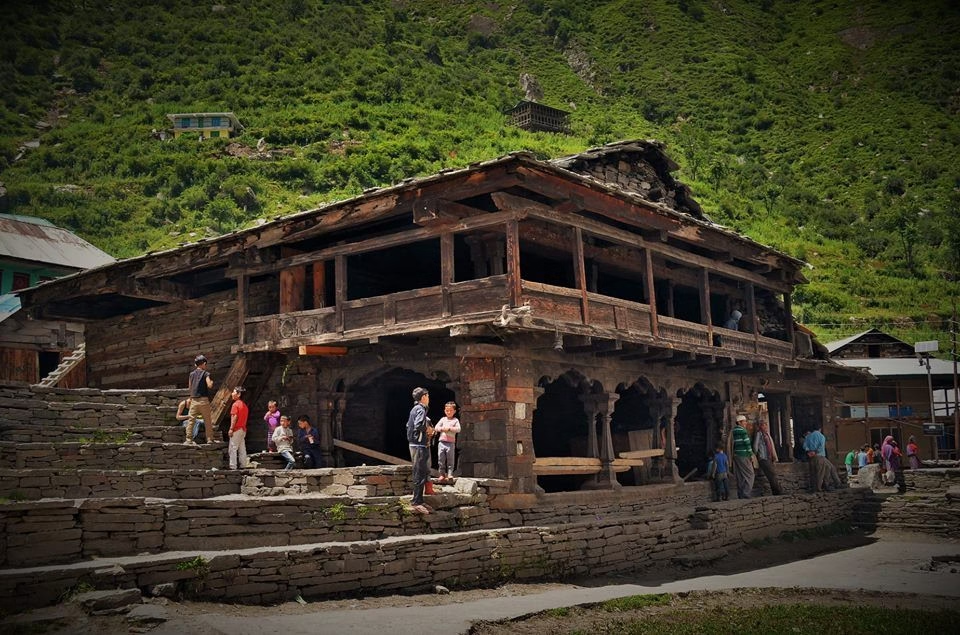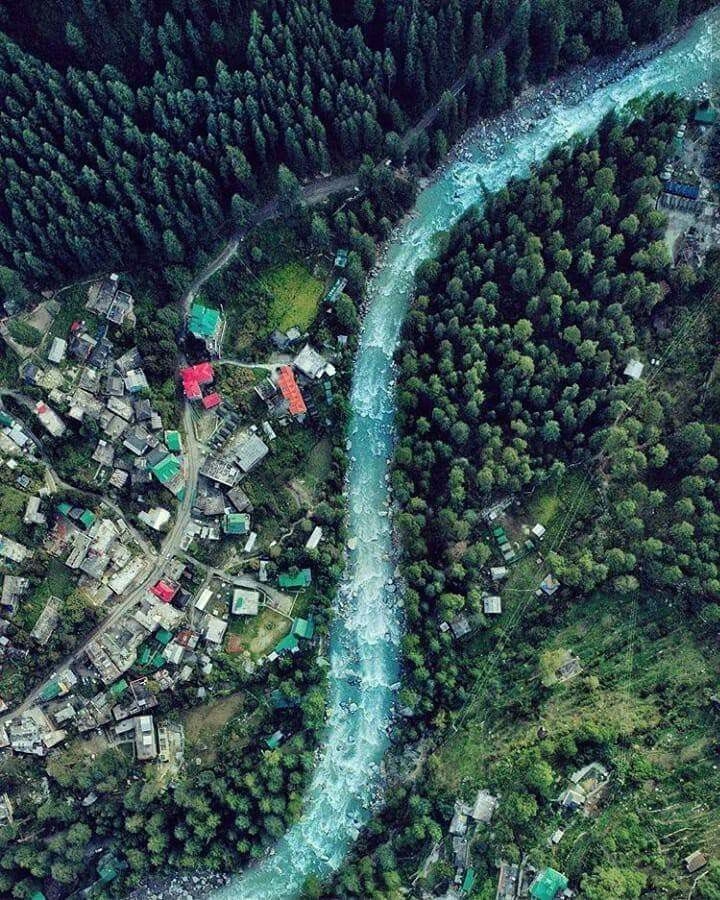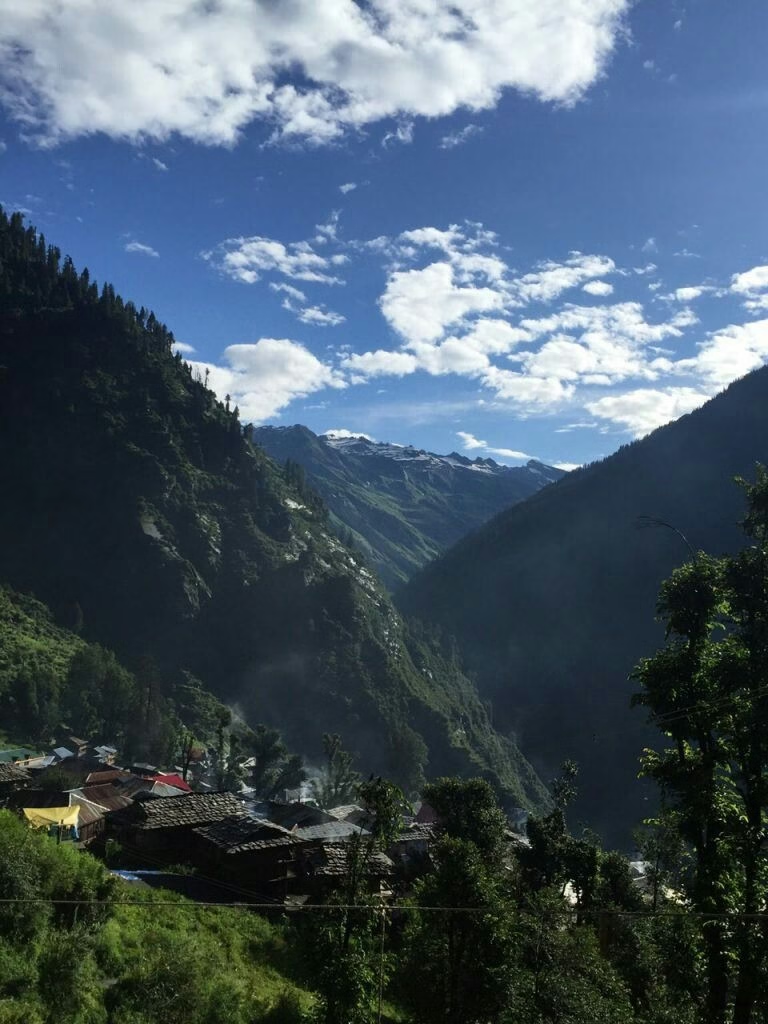Self-governance: No police, no Indian courts—disputes settled by village council
Remote Malana is a lesser-known Himalayan valley tucked into the Parvati Valley of Himachal Pradesh. Call it one of the oldest democratic systems on the earth. Claiming mysteriously to be a lineal descent from the soldiers of Alexander the Great, the place is equally famous for its self-rule under Jamlu Devta. There is no police in this village, nor are there any outside courts-the village council settles all disputes. With strict traditions, sacred taboos, and a certain lifestyle untouched by outsiders, Malana stands as a living symbol of independence, spirituality, and cultural pride.
1. The Legend of Malana
Malana is a village wrapped in mystery situated in Himachal’s Parvati Valley. The locals claim descent from the soldiers of Alexander the Great, hinting toward some features or even a language; that is, whether it is myth or reality is unknown.
What really gives a spirit to Malana is its self-governance. With Jamlu Devta presiding, the village council settles disputes-the police and courts have no say whatsoever; only the ancient traditions govern its proceedings. Outsiders are bound to follow these strict rules; hence, one must not touch the walls of a house or any belongings of the villagers without their express permission. The culture of Malana thus calls the shots.
Myth or history aside, Malana is a rare world within India in India- proud, independent, and vehemently protective of its way of life.

2. Taboos & Strange Laws
Life in Malana runs on traditions as ancient as the mountains. The outsider learns quickly that here, the code of laws is sacred. Was there ever any better known? Anything mustn’t be touched—especially people. Even brushing past a villager or his property is “pollution,” and one might be fined very heavily.
Photography is another one of the prohibitions. Taking pictures of the villagers is forbidden because they feel it interferes with their divine purity. The outsiders are allowed to shoot the land but not the people who are the custodians of Malana’s heritage.
Paradoxically, this place is world-famous for making Malana Cream—one-of-a-kind cannabis resin loved worldwide, and yet it is strictly illegal under Indian law. This clash between traditions, spirituality, and modern laws adds another layer of mystique to the village.
Malana is, in fact, a separate world with its code, where old ways still govern.
3. The Dark Side of Tourism
Attracting backpackers from the remotest parts of the Earth, the village never sees all tourists behaving respectfully toward the sacred customs of the place. Some break the taboos-walking the walls, breaking the rules, or leaving plastic trashes to tarnish the pristine valley. For the locals, who look toward purity and order, such “carelessness” becomes an insult.
Then comes the shadow of Malana Cream. The worldwide fame has made the village into a hotbed of seekers for those “forbidden highs.” But with the rise in demand comes the heavy hand of police scrutiny. In recent years, police have raided cannabis farms and have come down hard on cultivation and trade. Yet, villager resistance continues, seeing it as livelihood and legacy.
Malana stands at crossroads, bruised by these multiple external pressures and harassment from outside and enforcement, now trying to push itself deeper into traditions on one hand and fighting the dark side of tourism on the other.


4. How to Visit Responsibly
✅ Do:
- Covering one’s mouth is very much a tradition in Malana and not necessarily related to health.
- Walk on marked paths—anyone walking on walls/homes is committing a grievous trespass.
- Always ask permission to take photographs (villagers mostly refuse).
- If you break a rule, quietly accept the fines, as determined by their local assembly.
❌ Don’t:
- Touch anything or anyone, not even walls or furniture-they consider outsiders “impure.”
- Bring in non-biodegradable waste (plastic bottles, snacks wrappers).
- Speak about or seek cannabis openly (even though it is well-known, cannabis is illegal under Indian law).
- Explore off the designated path: some areas off limits.
🌿 Other Villages (For a Looser Dramatic Touch)
If Malana and its solemn customs are just too much, then check out these other close-by options:
- Tosh—Hippie ambiance, cannabic cafes, and waterfall treks.
- Kasol—The backpackers’ paradise, Israeli food, and views of Parvati River.
- Pulga—Silent town, apple orchards, and the mystical “Fairy Forest.”
🚨 Reality Check (Updates for 2025)
With the rise in cannabis smuggle, police presence has increased along Malana.
- The locals, these days, bulk at the thought of tourists-many of them would rather appreciate the solitude.
- Trekking paths have strengthened, and it is the guides who keep watch over the entry and exit.
Tip: Early morning visits are best to avoid the bulk of tour groups and get some intoxicating charm at wai!
5. Is Malana Really Outside India?
The fierce independence of Malana has always provoked the question: Is it even an Indian territory? In law, the answer is yes. Malana is within Himachal Pradesh in terms of Indian law. The village, however, lives its own little life in practice. Set apart by tradition under the council of Jamlu Devta, it is ruled by the age-old customs of the land and not by police or courts.
Why has the Indian government allowed such autonomy to persist? Practical considerations are at work here. Malana lies off the beaten track; there are few people, and their traditions are closely guarded. Heavy interference or meddling could risk unrest, while a low level of toleration works in deepening the peace. As long as the villagers do not challenge the state outright, theirs is an unusual form of self-rule-an island of autonomy in the Indian union.
Where is Malana Village Located?
📍 Location: Malana is a remote village in the Parvati Valley of Himachal Pradesh, India, nestled high in the Himalayas at an altitude of ~2,650 meters (8,700 ft).
Exact Geographic Details:
District: Kullu
Nearest Town: Jari (~21 km away, the last motorable road)
Base for Trekkers: Kasol (~35 km, the closest tourist hub)
Accessible via: A steep 4–5 hour trek from Chandrakhani Pass or Jari.
Click here to book your journey for Manali
